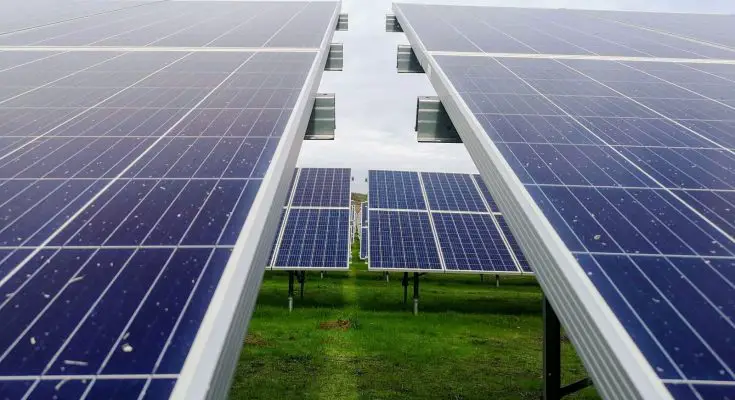Technology is changing every single day, so; humankind has to face many challenges. Electricity has become the most significant necessity, and people in developing countries are still struggling to maintain their lifestyles. However, to get a stable and reliable power supply in many countries is no longer a dream because renewable sources are introduced to facilitate the people, and they don’t need to be dependent on an external fuel input. Well, you may be thinking I’m talking about candles or lanterns. Not at all, because sunlight is the biggest source of light and people can use the solar system to get electricity.
Why Is a Solar Array Better Than a Local Grid?
When the local power supply is unreliable in developing countries, the solar power system is the best option. It’s a comprehensive and low-cost electricity solution without any external inputs. Hence, sunlight is used to empower the system, and batteries are installed to meet the demands. In addition, some power is being stored for nighttime. Moreover, the solar system is feasible in areas where electric grids are not compatible enough. Thus, with low electricity bills and power consumption, it’s the more reliable and authentic source of electricity to provide dependency and empowerment.
What Are the Various Applications of Solar Power?
When solar power was introduced, many people have doubted its efficiency. However, it has been proved that solar energy is replacing the local grids in many countries because of its feasibility.
Solar Street Lights
Solar street lights are facilitated with built-in solar panels and batteries. Thus, they store the power during the daytime and work at night to provide electricity. In addition, third-world countries and other countries are also using this facility and saving their power bills in the long run.
Solar System for Homes and Offices
People can install a solar system at home and get an excellent power supply for the whole day and night. Hence, its industrial use is not common because it needs a lot of electricity to run the machines and other issues. So, many countries are still using solar systems for commercial use and local electricity. What are the benefits of the solar system for third-world countries? The solar system has made its place quickly by replacing the local grids. Hence, in third world countries where some areas were still waiting for the light and other life necessities. Thanks to its feasible usage, the solar system has solved the problem and changed people’s lifestyles.
Let me explain its benefits for easy understanding.
A Powerful Source of Electricity
Many developing countries have no difficulty installing solar power systems at home. Sun shines on the whole world, and it’s the biggest blessing to use this light for any good purpose. So, you can install a solar system with off grid solar batteries and panels to detail your needs and eliminate the darkness from life.
Reduction of Power Bills Permanently
The external power has no interference with the solar system, and it needs no external source. That’s why electric bills will be eliminated, and the reduction of bills will save your money, and you can get an additional benefit with light.
Eliminate Noise and Combustion Gases
The solar system operates silently without any emission of harmful gases, unlike diesel generators where the noise becomes a headache, and the continuous emission of gases pollutes the surrounding.
Revolutionary Change
The solar power system has brought a revolutionary change in the living style of third-world countries. Nobody will stay in the dark because it’s accessible, and everyone can install this system to detail their needs. Now, say bye to huge electricity bills and unreliable power sources because you have a solar power system to meet your demands.
How can solar power help developing countries?
When the local power supply is unreliable in developing countries, the solar power system is the best option. It’s a comprehensive and low-cost electricity solution without any external inputs. Hence, sunlight is used to empower the system, and batteries are installed to meet the demands. In addition, some power is being stored for nighttime. Moreover, the solar system is feasible in areas where electric grids are not compatible enough.



